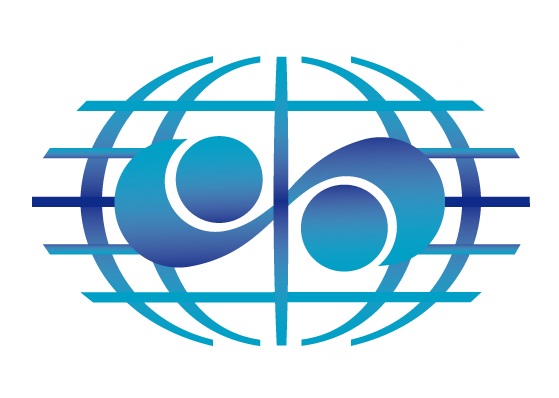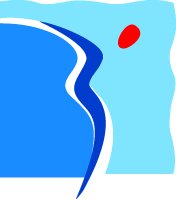A common language for data comparability
The water domain is vast and characterized by the large number of actors involved in the regulation, management and use of water: ministries with their decentralized services, public institutions such as water agencies, local authorities, public and private companies, associations, etc.
Individual producers usually produce their own datasets for their own needs and following their own procedures. The pooling of these sources of data is a strong necessity, but it comes up against the lack of clear rules that would ensure comparability and exchange of data.
 |
 |
| Data exchange without common language | Data exchanges with common language |
Without a common language, water data are therefore heterogeneous; each producer establishes its own nomenclatures, its own definitions of scientific words, its own computer exchange formats, etc.
However, when the various partners involved in water data exchange at national or regional level agree on a common language to be used when exchanging datasets, the result is fewer interfaces, easier comprehension of the data made available, and an open door to automatic data exchange and data processing.
These elements of a common language should include common concepts, definitions and coding systems, in order to be efficient and to ensure:
- A common understanding of the objects, their relations and behaviour (for example, to describe a monitoring station, how an abstraction is related to a measurement station, or the set of operations that is carried out from the creation of the data until its publication);
- The definition and use of a common system of identification, so that the same name is used everywhere to identify the same resource (for example, to identify a measurement station or a physico-chemical parameter).


